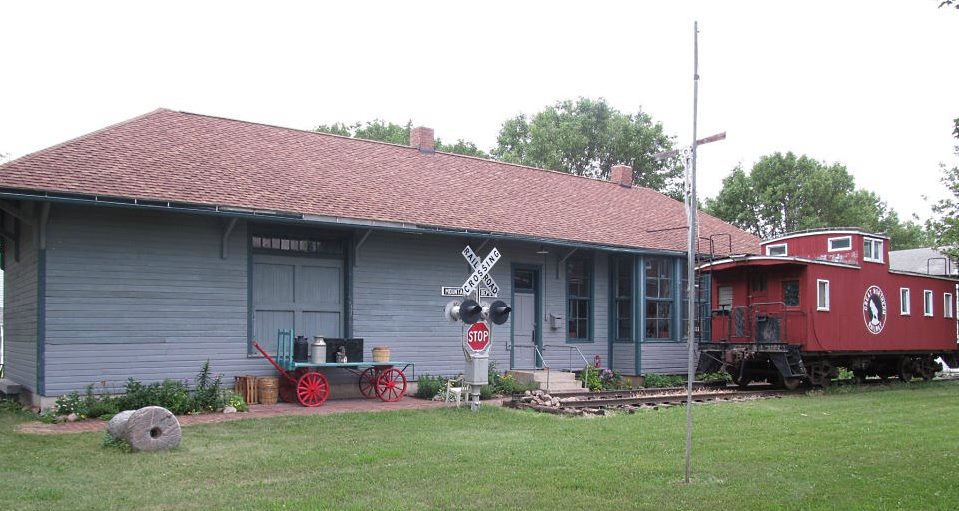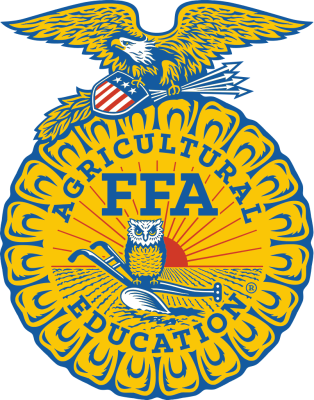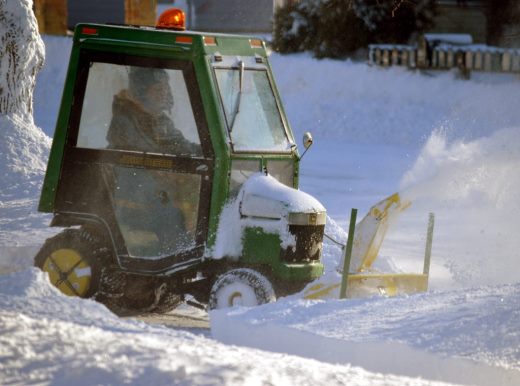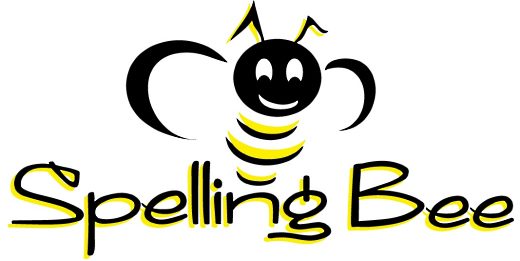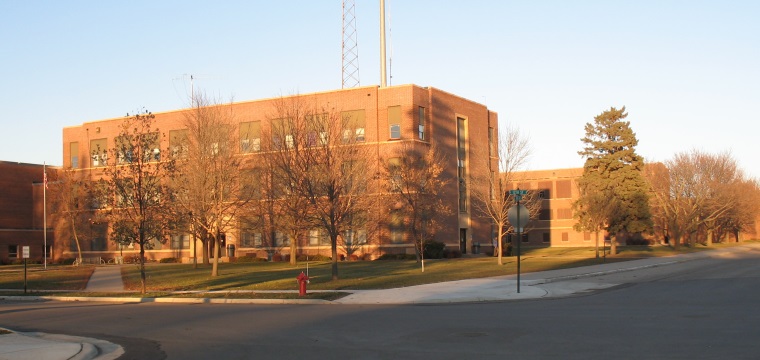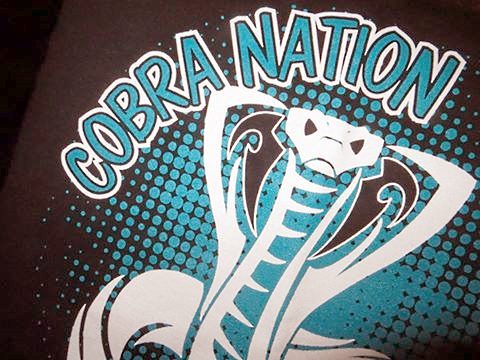Fledgling growing into its own adult redbreast
Almost the first thing I see after getting out of bed for the day is a grumpy face.
No, it was not the face of my husband.
It was the mug of a rockin’ robin (tweet, tweet, tweet) enjoying some early morning rays on our front porch.
It was a young American robin – a fledgling.
When I opened the window blinds to welcome in the world, the two of us came eye-to-eye, nose-to-beak. The fledgling was none too happy to be bothered by the likes of me – and gave me its best “stink face.” (After all, I did not come bearing beetle grubs or mayflies or earthworms or caterpillars – or anything else the hungry bird was drooling and treating over for breakfast.
However, observing the fledgling (and its parents) – probably more akin to stalking with camera like the paparazzi – seemed like a good option for my “to do list” for the day. I knew it would certainly be much more enjoyable than the morning before – a manic Monday of picking up sticks and raking up leaves courtesy of wicked early morning winds that swept through, drafting along behind a line of thunderstorms – just waiting for their opportunity to step out frm behind and steal the show.
Just as what happens in human families when children grow up, young robins also soon outgrow the limited space of the nest. These young robins are called “fledglings.” They typically leave the nest and hang out on the ground or on low branches for a few days before the “have their wings” and can fly off.
Their parents are nearby and continue to care for the birds, answering their demanding calls for regular deliveries of food until they can forage on their own. The adult robins additionally provide protection, giving alarm calls and dive-bomb predators. (Another similarity to human parents.)
Bird banders have found that only 25% of young robins survive the first year. The longest known lifespan in the wild of an American robin is 14 years; the average lifespan is about two years.
Following is a photo gallery of my day with this fledging – and its parents – watching as their “child” grew into its own adult “redbreast”:













